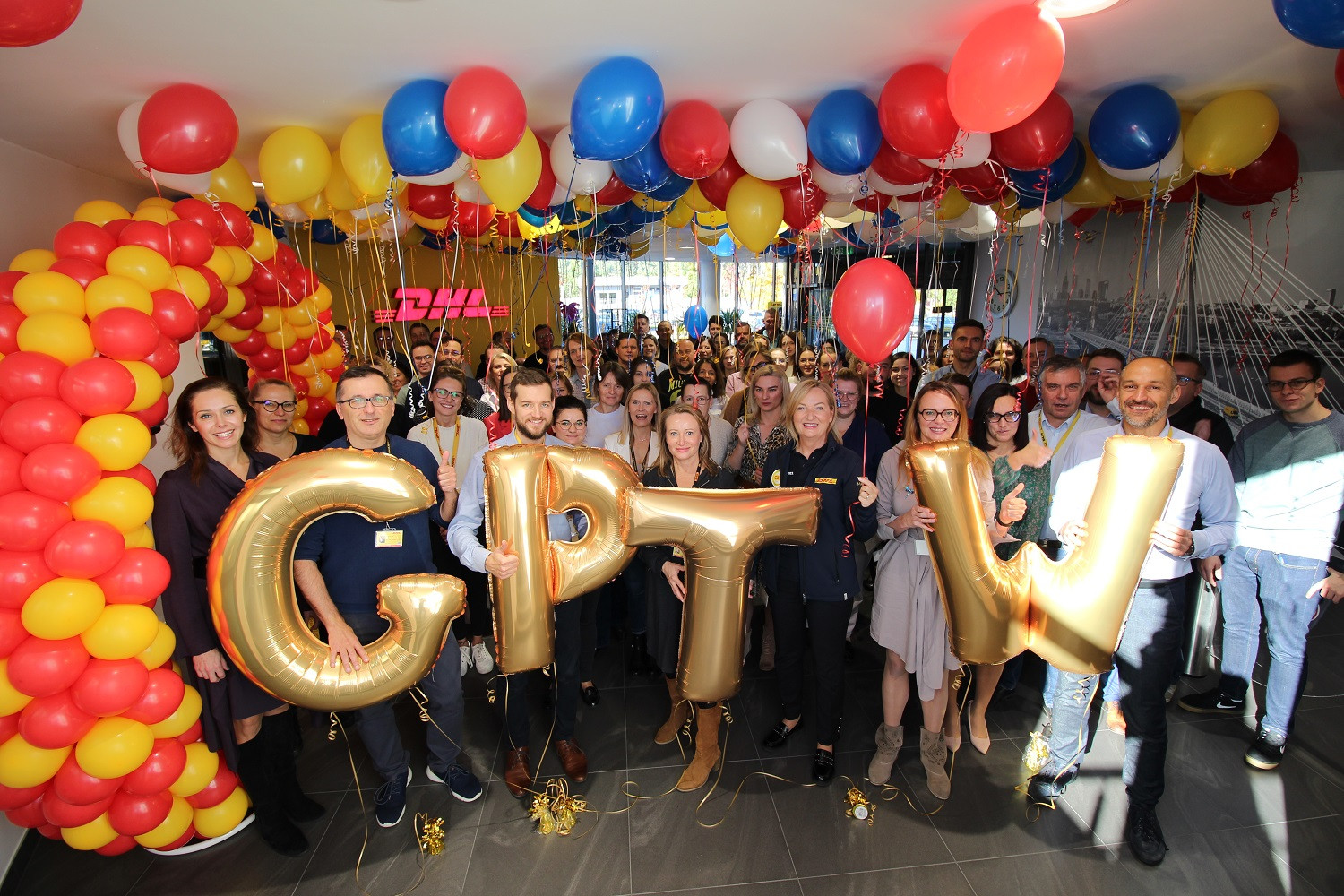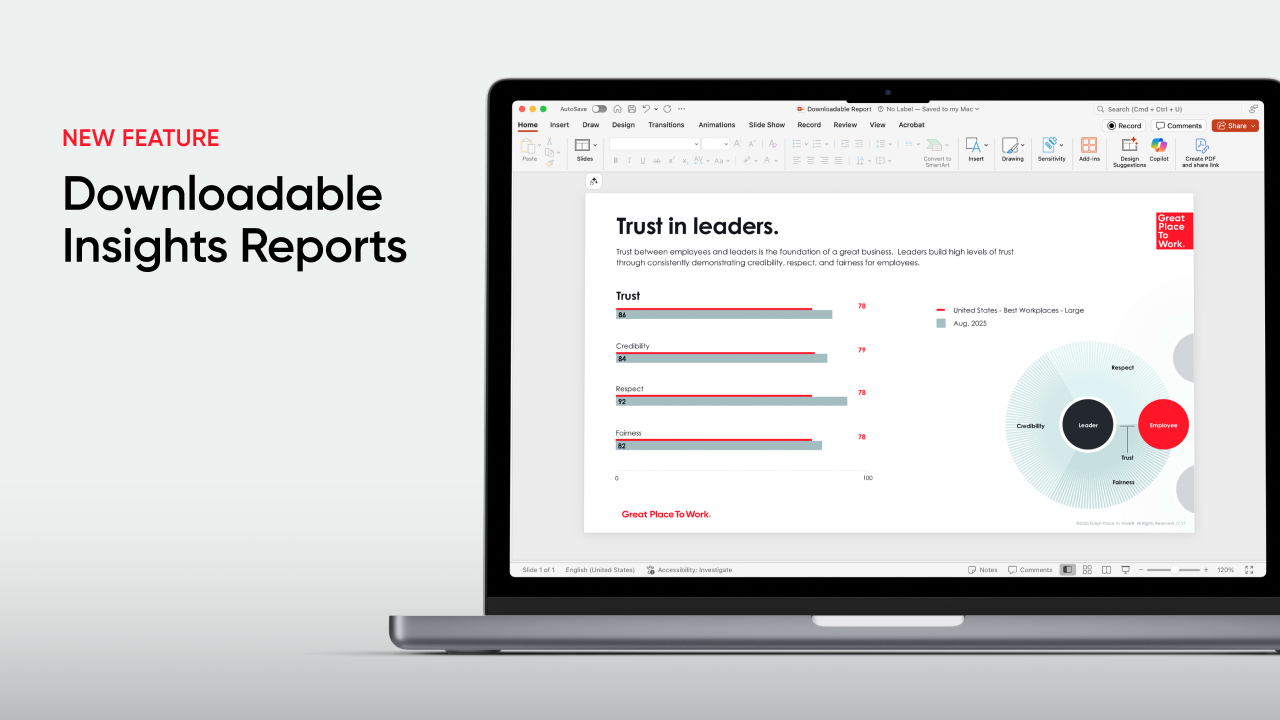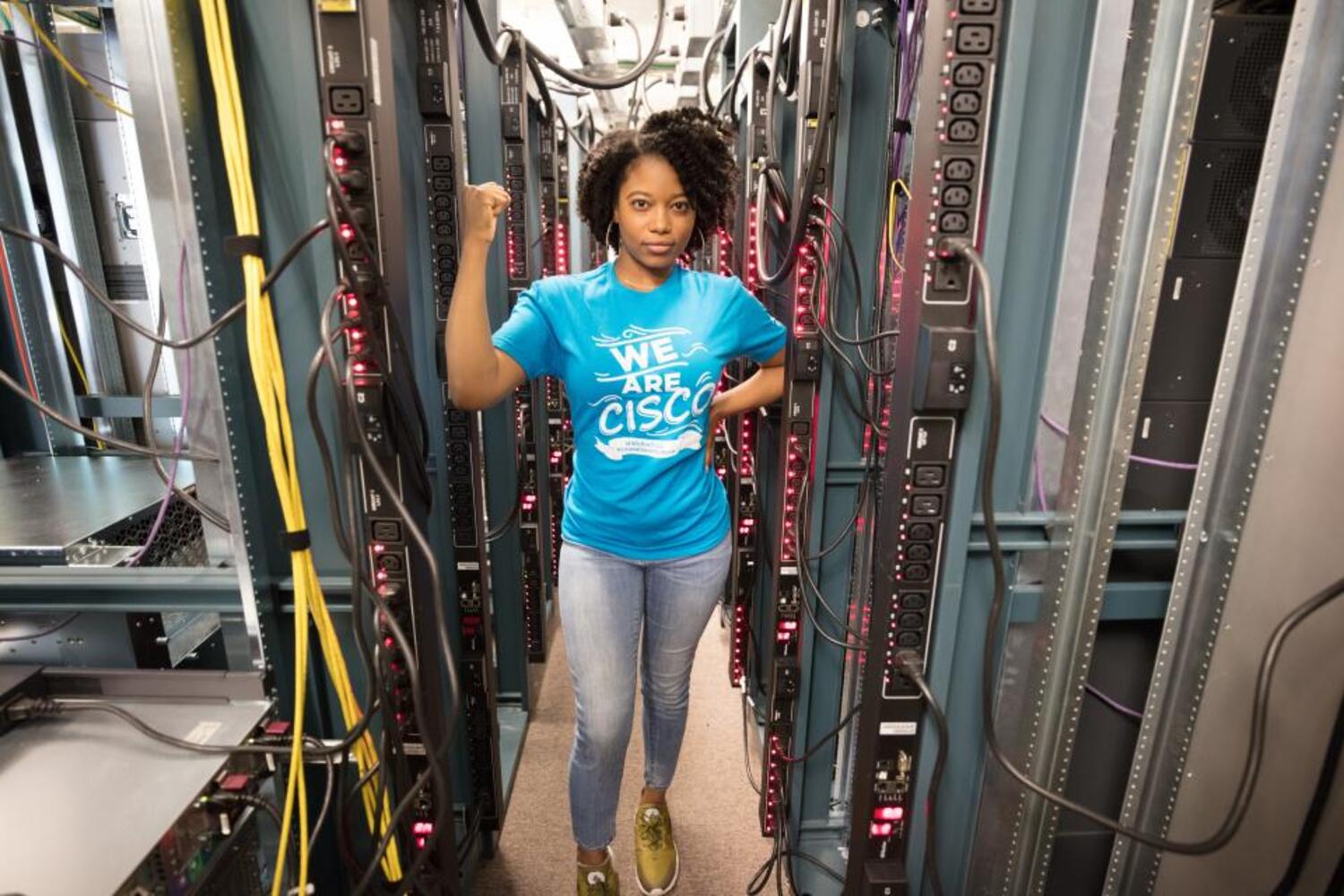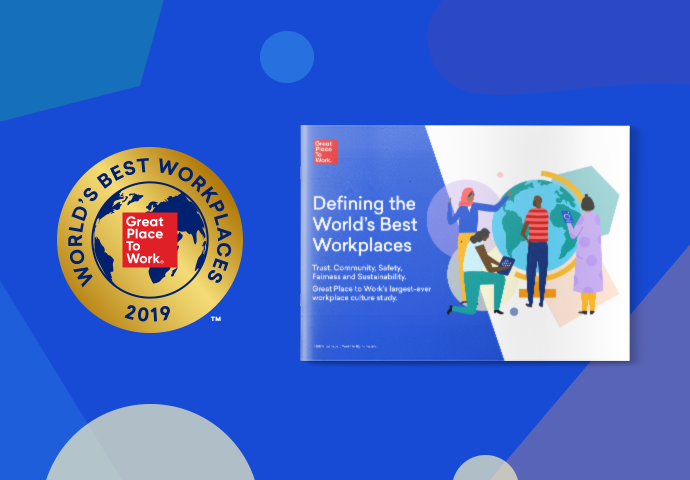Workplace gratitude is about more than being polite. When practiced with intention, it fosters a culture of appreciation, boosts morale, improves relationships, and drives organizational success.
Imagine this: You’ve put a ton of work into a report for your manager. It’s taken you hours of research and refining, and you’re proud of the finished product. But when you submit it, your manager just replies with a simple “Thanks.”
Feels a bit like a punch to the gut, right?
In our busy workdays, gratitude is often overlooked as little more than a nicety. But in reality, it’s a significant contributor to employee satisfaction, engagement, and overall organizational success.
Understanding workplace gratitude
True gratitude is more than just a polite “thank you.” It’s a genuine appreciation for someone, expressed to them. That could be as simple as telling them you value their efforts, or something more formalized, such as written recognition or an award.
Most importantly, it’s ingrained into your everyday culture.
“Gratitude in the workplace refers to an atmosphere and culture where thanking and celebrating each other is a norm,” says Seth Willis, business advisor, culture coaching, with Great Place To Work®.
“It means creating an environment where everyone has the opportunity to both express gratitude and receive it from others, in formal programs and informally, like in one-on-ones with your manager.”
How that looks can be tailored to your workplace. For example, you could encourage employees to nominate a teammate who exemplifies company values, like Atlassian’s “Kudos” program, or create an intranet page where employees can post recognition notes, like Comcast NBCUniversal’s “Xchange” platform.
And gratitude doesn’t have to relate back to work. At David Weekley Homes, the CEO and COO personally email team members to celebrate their birthdays.
For more inspiration, check out these creative employee recognition ideas.
The benefits of gratitude in the workplace
“Thanking” and “Celebrating” are two of nine high-trust leadership behaviors that create a great workplace where employees can thrive, which in turn boosts business performance — making gratitude a critical part of your company culture.
Thanking involves showing genuine gratitude for employees’ contributions. This behavior is about recognizing and acknowledging each person’s unique contributions, which helps to build trust and foster a supportive work environment.
Celebrating focuses on recognizing and rewarding employees who demonstrate the organization’s values. This behavior is more about community and connection than just recognition. Celebrating achievements and values sends a strong message about the workplace culture and helps to strengthen the sense of belonging and inclusion.
Improved employee morale and engagement
A 2025 Great Place To Work survey of 1.3 million employees found that when everyone in the company has an opportunity to receive recognition for their work, employees are 60% more likely to give extra effort.
Not only that, but “employees who feel recognized are more likely to speak positively about their employers, feel a sense of purpose, and are 2.2 times more likely to drive innovation,” says Seth.
Enhanced team relationships
Gratitude fosters a more collaborative work environment. When employees know they’re appreciated by their colleagues and managers, it builds trust among team members.
In fact, Great Place To Work research shows that compared to those who don’t consistently feel recognized at work, employees who do are two times more likely to say that people in their workplace are willing to go above and beyond.
Teams may be more likely to share resources, offer help without being asked, and approach challenges with a “we're in this together” mindset.
Increased productivity and performance
According to the same 2025 data, recognition is the second biggest driver of productivity and extra effort. Employees are 1.6 times more likely to give extra effort when recognition is abundant and equitable.
Recognition gives employees clarity about what success looks like — empowering them to approach challenges with greater confidence. It also fuels greater innovation, since people can feel safe putting new ideas forward.
Lower turnover rates
Lastly, when an employee’s efforts are noticed and valued, it fosters a motivated workforce and boosts employee retention. This feeling of being truly seen counteracts the “replaceability” that often drives talented people to look elsewhere.
“Gratitude fosters better team relationships and reduces turnover by reinforcing a sense of belonging and appreciation,” says Seth.
Great workplaces incorporate gratitude into their employee retention strategies, so that everyone knows they matter to the company — not just as an employee, but as a person.
Strategies for cultivating gratitude in the workplace
Lead by example
A culture of gratitude starts at the top. Great leaders help employees by incorporating gratitude into their daily interactions. When employees see leaders thanking employees and recognizing their contributions, it sets the tone for the entire organization.
Here are some tips for ensuring your gratitude is great:
- Be specific. Instead of a generic “good job,” mention exactly what you valued about someone’s work. This shows you truly appreciate their unique contribution.
- Create gratitude rituals. Start team meetings with a quick round of appreciation or dedicate a Slack channel to recognition. Consistency makes gratitude a habit rather than an afterthought.
- Personalize it. Learn how each team member prefers recognition (public praise, private notes, small tokens). Tailoring your gratitude to individual preferences demonstrates genuine care.
- Acknowledge effort, not just results. Recognize the process and hard work, especially when outcomes fall short. This builds resilience and shows you value persistence as much as achievement.
- Model vulnerability. Express genuine appreciation when others help you. Leaders who say “I couldn't have done this without you” create psychological safety.
Implement recognition programs
Our research has shown that creating a culture of recognition is the most important driver of great work and is linked to higher job satisfaction.
That recognition can be formal or informal — but great workplaces offer a mix of both.
- Formal recognition programs create a structured way to acknowledge employee contributions. These could be quarterly awards, milestone celebrations, or performance-based bonuses.
- Informal recognition is more spontaneous, such as public praise during a team huddle, a handwritten note, or an authentic “thank you” shared one-on-one.
With both forms of recognition, it’s important to cater to individual preferences. Some employees may enjoy public acknowledgement, while others would prefer a quiet message. Get feedback from your team on what forms of recognition they most prefer.
Integrate gratitude into company communication
For gratitude to become part of your organization’s culture, you need to regularly communicate its importance. Use different channels to ensure the message is constantly being reinforced.
For example, managers could dedicate the first few minutes of team meetings to recognize achievements, while company-wide newsletters or an intranet could feature employees who have gone above and beyond. Performance reviews should balance constructive feedback with genuine recognition of an employee’s contributions.
No matter the medium, it’s important to be both specific and sincere. Vague statements like “good job” or “thanks for your help” carry little weight compared to detailed acknowledgments that name exactly what someone did and why it mattered.
Encourage peer-to-peer recognition
While a culture of gratitude may start at the top, it shouldn’t stay there. Peer-to-peer recognition can be just as valuable, since encouraging employees to recognize and thank each other fosters a supportive and collaborative environment.
Here are some ideas for encouraging peer-to-peer praise:
- Provide physical or digital thank-you cards that employees can send to colleagues.
- Reserve time in team meetings where employees can acknowledge helpful colleagues.
- Have employees nominate colleagues who best demonstrated company values, with winners receiving perks.
- Designate a physical wall or digital space where employees can post notes recognizing their peers' contributions.
- Set up peer-voted awards with simple categories like “Best Collaborator” or “Problem Solver.”
Five languages of appreciation
While there are lots of ways to express gratitude, they can be distilled into five overarching “languages of appreciation.” The term was coined by writers Gary Chapman and Paul White in their book, “The 5 Languages of Appreciation in the Workplace.”
These five languages are:
- Words of affirmation: Praising a colleague, either verbally or in writing
- Quality time: Giving a colleague your undivided attention
- Acts of service: Offering a helping hand when needed
- Gifts: Something thoughtful that speaks to their hobbies or interests
- Physical touch: Handshakes, high-fives, or other workplace-appropriate forms of contact (but never touch a colleague who doesn’t want to be touched!)
How to overcome challenges in fostering workplace gratitude
While gratitude might seem simple, it’s also easy to overlook. Busy workdays, cultural differences, and even skepticism about its importance can cause workplaces to put gratitude efforts on the back burner.
“One way to maintain the momentum of a gratitude initiative is by integrating it into daily routines and making it a core part of the company culture — rather than a one-time event,” says Seth.
Another possible challenge organizations might face is favoritism, where recognition is perceived as biased or unfair.
“To overcome this, it’s essential to ensure that recognition is consistent, transparent, and based on clear criteria,” recommends Seth.
Soliciting regular employee feedback, such as through Great Place To Work’s employee engagement software, can help you to measure the impact of your gratitude initiatives and adjust accordingly.
Build a sustainable culture of gratitude
More than just a nice thing to do, showing genuine gratitude has a real impact on the workplace, from improved teamwork to increased innovation.
By consistently promoting a culture of gratitude, organizations can create a more positive, productive, and engaged workplace.
Wondering if your employees feel appreciated — or neglected? Our Trust Index™ Survey can help you put real data behind your gratitude efforts, measuring how much employees feel recognized, including whether different teams or demographics feel it more than others.
Turn culture insights into business wins
Let the Trust Index™ Survey reveal your workplace’s hidden strengths and areas for growth. Start transforming today.











